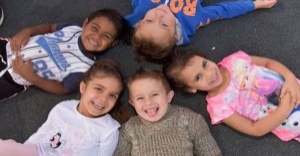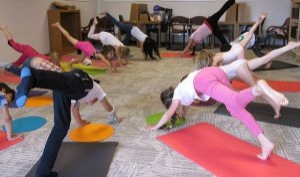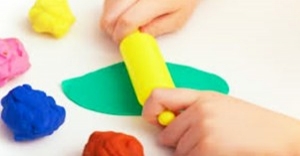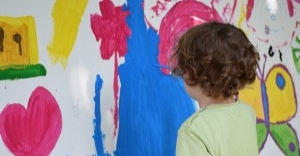

International Kite Day is held on January 14th, 2024. The following provides a list of activities and free printables that can be implemented into the curriculum for children.
Kites Posters provide images of different kites that can be flown from around the world. These can be used as a discussion point with children of what a kite may look like, kite designs and more.
Kite Colouring Pages enable children to colour and design their own kites. This can be used as part of an art experience where children can colour, collage, cut, paint and design their very own kites!
Kite Letter Matching enables children to recognise the letter of the alphabet and match them together with the corresponding kite. Letter recognition is important because it enables beginning readers to figure out how printed text is associated with spoken language.
Kite Shapes Match enables children to match the correct shape to the matching kite. Visual memory and discrimination involve identifying patterns of relationships and similarities and differences that help children to learn about early representation and problem-solving. Matching and sorting activities can also be good for developing fine motor skills.
Kite Colour Matching enables children to match the correct colour kite to the corresponding kite flyer. Colour matching helps build visual perception and thinking skills. Children can generally sort into colours before they can identify the name of the colours. Learning to categorise and classify also helps memory skills.
 Open ended questions cannot be responded to with one word answers such as yes or no. These types of questions enables a child to provide… Read More
Open ended questions cannot be responded to with one word answers such as yes or no. These types of questions enables a child to provide… Read More
 During your child’s preschool years, an important milestone begins to emerge. This is the development of pre-writing skills. Pre-writing skills are used to encourage, develop… Read More
During your child’s preschool years, an important milestone begins to emerge. This is the development of pre-writing skills. Pre-writing skills are used to encourage, develop… Read More
 Open ended materials enables children to play freely. They are objects that have no rules to follow, use or function. Raw materials that can be… Read More
Open ended materials enables children to play freely. They are objects that have no rules to follow, use or function. Raw materials that can be… Read More
 An Acknowledgment of the Country is a way of showing respect for the Traditional Owners and can be given by both non-Indigenous people and Aboriginal… Read More
An Acknowledgment of the Country is a way of showing respect for the Traditional Owners and can be given by both non-Indigenous people and Aboriginal… Read More
 Language plays an important role in a child’s development. It enables a child to communicate effectively with their family, learn at school, socialize with friends,… Read More
Language plays an important role in a child’s development. It enables a child to communicate effectively with their family, learn at school, socialize with friends,… Read More
 Like adults, children have to deal with their own stress in life. Moving house, starting a new school, preparing for a new sibling - these are… Read More
Like adults, children have to deal with their own stress in life. Moving house, starting a new school, preparing for a new sibling - these are… Read More
 Playdough is such a versatile material. It provides numerous benefits to children as they manipulate it, it is safe and soothing and provides children with… Read More
Playdough is such a versatile material. It provides numerous benefits to children as they manipulate it, it is safe and soothing and provides children with… Read More
 Teaching children about sustainability enables them to appreciate and respect the natural environment. Early childhood services can provide meaningful hand on learning experiences in order… Read More
Teaching children about sustainability enables them to appreciate and respect the natural environment. Early childhood services can provide meaningful hand on learning experiences in order… Read More
 Recycling is an important concept that teaches children to care for the environment. It encourages children to be responsible and show a growing appreciating for… Read More
Recycling is an important concept that teaches children to care for the environment. It encourages children to be responsible and show a growing appreciating for… Read More
 When children apply paint to paper, glue things together, or pound a lump of clay, they experiment with colour, shape design and texture.
Read More
When children apply paint to paper, glue things together, or pound a lump of clay, they experiment with colour, shape design and texture.
Read More

Educator burnout in early childhood services is a serious issue, but there are ways to...
See more...
Mentoring is a hugely beneficial way for early childhood services to build the professional capacities...
See more...
The Early Years Learning Framework outlines five principles that reflect contemporary theories and research evidence...
See more...© 2009-2025 Aussie Childcare Network Pty Ltd. All Rights Reserved.

